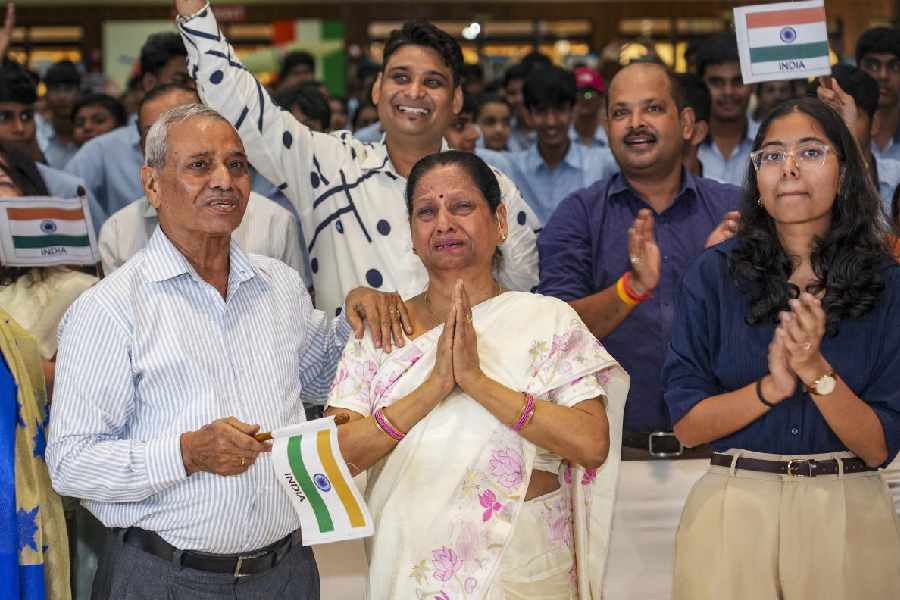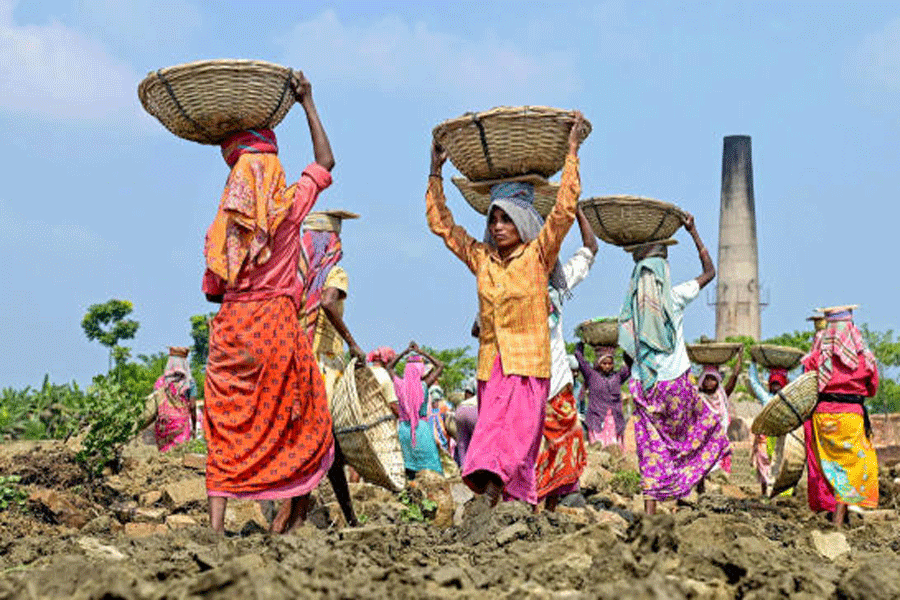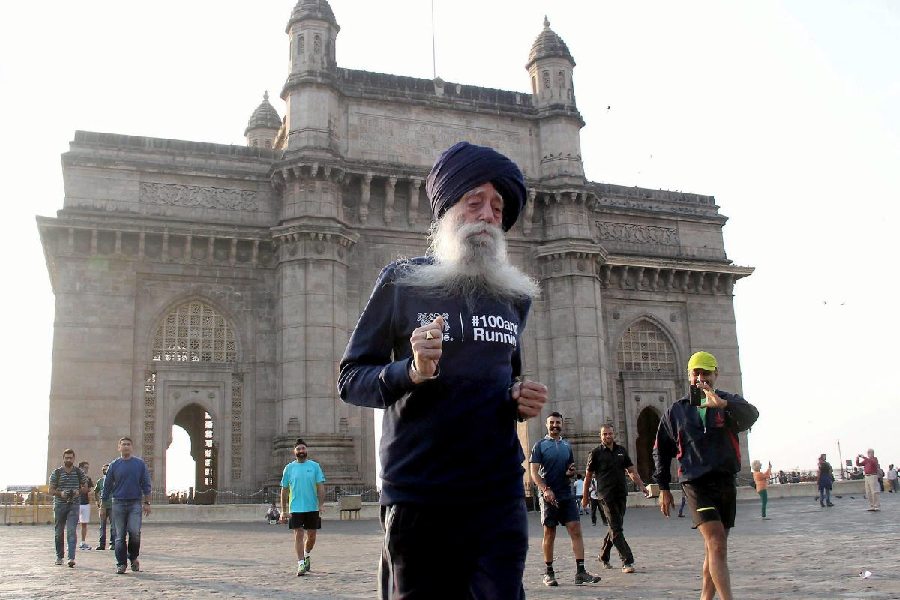 |
A combination of traditional and tech tools tripped Gaffar Mollah after a fortnight on the run.
Police on Tuesday claimed that their prize catch had been painstakingly tracked by a host of trusted informers and a team of officers monitoring eight mobile phones and 13 SIM cards round the clock ever since the Vedic Village flare-up on August 23.
To ensure that the cellphone surveillance coupled with intelligence inputs left no margin for error, even 90 minutes before Gaffar was rounded up, the police team ran a scan before launching the final assault at 1.30am on Tuesday.
When cops did barge into the room in Bankura’s Belbandi village, a bleary-eyed Gaffar was apparently “stunned”.
So how was the city’s most wanted man since August 23 tracked down despite changing SIM cards and location almost every other day?
The tracking started with the North 24-Parganas probe team getting the details of Gaffar’s handsets and picking up the IMEI (International Mobile Equipment Identity) numbers of his three cellphones from the service providers. The IMEI is a unique 17 or 15-digit code that identifies a specific mobile phone being used on a mobile network.
Armed with the IMEI numbers, and those of some of his aides, the police started tracking the cellphones. But they soon hit a dead end when the sets were switched off.
That was then Gaffar and his men — who had first fled to Old Digha — decided to head for Ajmer Sharif.
“This was a calculated move since Gaffar knew it would be difficult for cops to track his mobile phones beyond the jurisdiction of Bengal,” said Rahul Srivastava, the SP of North 24-Parganas.
The trip to Ajmer Sharif and back was an eight-day affair since they were travelling in a Tata Sumo. In this period, the police started interrogating some of Gaffar’s aides and getting some names and numbers. This led them to some associates whom Gaffar had called from a phone booth in Digha after fleeing from Rajarhat on the night of the arson. These aides were used by the cops for “human intelligence inputs” right till Gaffar’s arrest.
From Ajmer Sharif, as Gaffar returned to Old Digha, the monitoring unit started tracking his cellphones. “The SIM cards had been changing but not the handsets, so we zeroed in on some frequently called numbers in Basirhat and Habra from these sets,” said an officer. The youths using these phones were used as “plants” by the police.
From Old Digha, Gaffar and his men moved to Burdwan before heading for Belbandi in Bankura, via Uluberia and Baranagar. “They moved around in Uluberia and Baranagar to throw off the police tracking team,” said S.N. Gupta, the DIG of Presidency Range.
The cat-and-mouse game finally ended early on Tuesday while Gaffar was sleeping.











